Login
Subscribecell biology
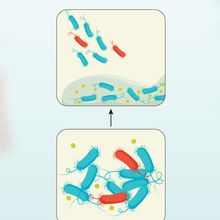
Infographic: Curbing the Cheaters
Mariella Bodemeier Loayza Careaga, PhD | Jun 1, 2023 | 1 min read
From spatial structuring to policing, cooperative bacteria have a wide toolkit to contain the spread of cheaters.
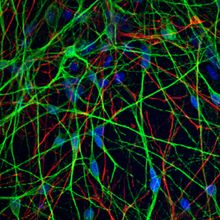
Astrocytes Fuel Erratic Firing in Fragile X Neurons
Lauren Schenkman, Spectrum | May 30, 2023 | 4 min read
This new understanding could one day lead to targeted treatments.

Rapid Recovery in Cell Culture Incubators
Baker and The Scientist’s Creative Services Team | 3 min read
How to maintain cell culture conditions for enhanced sample safety.
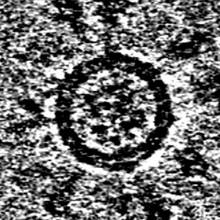
New Technology Improves SARS-CoV-2 mRNA Vaccine-Induced Immune Responses
Elina Kadriu | May 30, 2023 | 3 min read
mRNA-encoded self-assembling enveloped virus-like particles presenting SARS-CoV-2 spike protein enhance immunity and may provide better protection against viral variants.
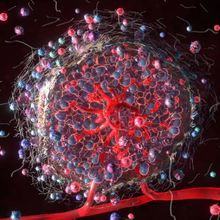
Interrogating the Complexities of the Tumor Microenvironment
Alison Halliday, PhD, Technology Networks | May 19, 2023 | 5 min read
Gaining a better understanding of the dynamic and reciprocal interactions between cancer cells and the tumor microenvironment is essential for improving patient diagnosis and treatment.
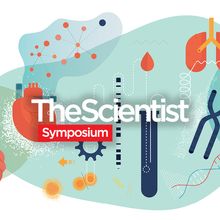
Leveraging Stem Cells to Create Better Disease Models
The Scientist’s Creative Services Team | 2 min read
Clive Svendsen, Meritxell Huch, Ameen Salahudeen, and Maksim Plikus will discuss the latest advances in using patient-derived stem cells to create more accurate disease models.
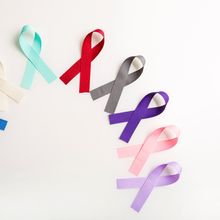
Electric Fields Disrupt Cancer Cell Division
Danielle Gerhard, PhD | May 4, 2023 | 5 min read
A novel, non-invasive treatment using electrical currents exploits physiological properties of dividing cancer cells to prolong survival and augment current therapies.
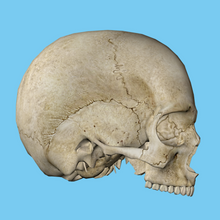
Mechanical Force on the Skull May Aid Bone Regeneration
Alejandra Manjarrez, PhD | May 1, 2023 | 3 min read
By mechanically inducing the expansion of cranial sutures in young adult mice, researchers stimulated stem cell proliferation that is key to healing bone injuries.
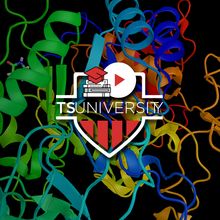
Technique Talk: The Fundamentals of Mass Spectrometry-Based Proteomics
The Scientist’s Creative Services Team | 1 min read
Learn the basics of proteomics analysis and nanoLC-MS/MS data acquisition.
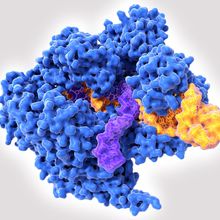
Molecular Glue ‘Shreds’ Cas9 and Enables a New Form of CRISPR Control
Ida Emilie Steinmark, PhD | Apr 26, 2023 | 3 min read
In a bid to address safety concerns about immune reactions during treatment with CRISPR-based therapeutics, a new technique speeds up how quickly the body destroys the DNA-cutting enzyme Cas9.
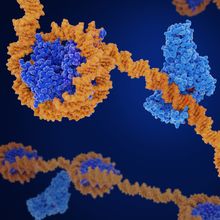
Stress Increases Biological Age, But Recovery Can Revert It
Alejandra Manjarrez, PhD | Apr 21, 2023 | 2 min read
A new study relying on DNA methylation clocks suggests that the biological age of mouse and human cells can fluctuate in response to stressful events.
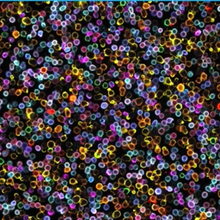
Science Summarized: Putting Cells in Spatial Context
The Scientist’s Creative Services Team and Canopy Biosciences | 1 min read
Dive deeper into tissue samples with high resolution, high-plex spatial phenotyping.
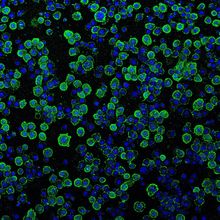
Engineered Bacterial “Syringes” Can Deliver Drugs Into Human Cells
Rohini Subrahmanyam, PhD | Apr 20, 2023 | 4 min read
Researchers repurpose tiny bacterial injection systems to specifically inject a wide variety of proteins into human cells and living mice.
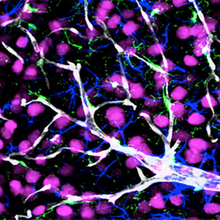
Rare Autism-Linked Mutation Starves Growing Neurons of Essential Nutrients
Lauren Schenkman, Spectrum | Apr 18, 2023 | 4 min read
The mutation prevents certain amino acids from entering neurons, causing the cells to die early in development.

Science Philosophy in a Flash - A Surprising Way to Repair Scar Tissue
The Scientist’s Creative Services Team | 1 min read
Claire Higgins employs a novel approach to repair damaged skin tissue.
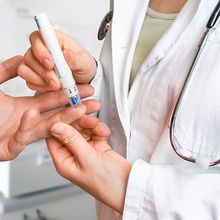
An Implantable Device for Type 1 Diabetes Treatment
Elina Kadriu | Apr 18, 2023 | 3 min read
Engineering of a novel device to treat T1D, featuring local immunosuppression and a vascularized cell reservoir to prolong islet cell survival.
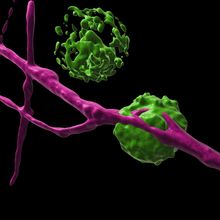
How Cells in the Skin Team Up To Fight Pathogens
Rachael Moeller Gorman | Apr 12, 2023 | 4 min read
Immune cells and pain neurons form complex partnerships to protect our bodies from pathogens, new research reveals.

Versatile and Sustainable: Cell Counting for the 21st Century
The Scientist’s Creative Services Team and DeNovix Inc. | 3 min read
Discover how the latest cell counting technology is reshaping a mundane task for the future.
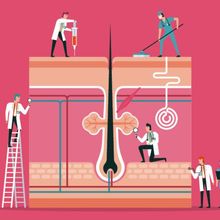
Getting to the Root of Skin Healing
Iris Kulbatski, PhD | Apr 11, 2023 | 4 min read
Scientists reveal how the intimate link between hair follicles and wound healing is more than skin deep.
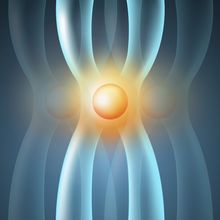
Probing “Selfish” Centromeres Unveils an Evolutionary Arms Race
Michael Lampson, PhD | Apr 3, 2023 | 10 min read
A more complete understanding of nonrandom segregation will shed light on how speciation occurs.